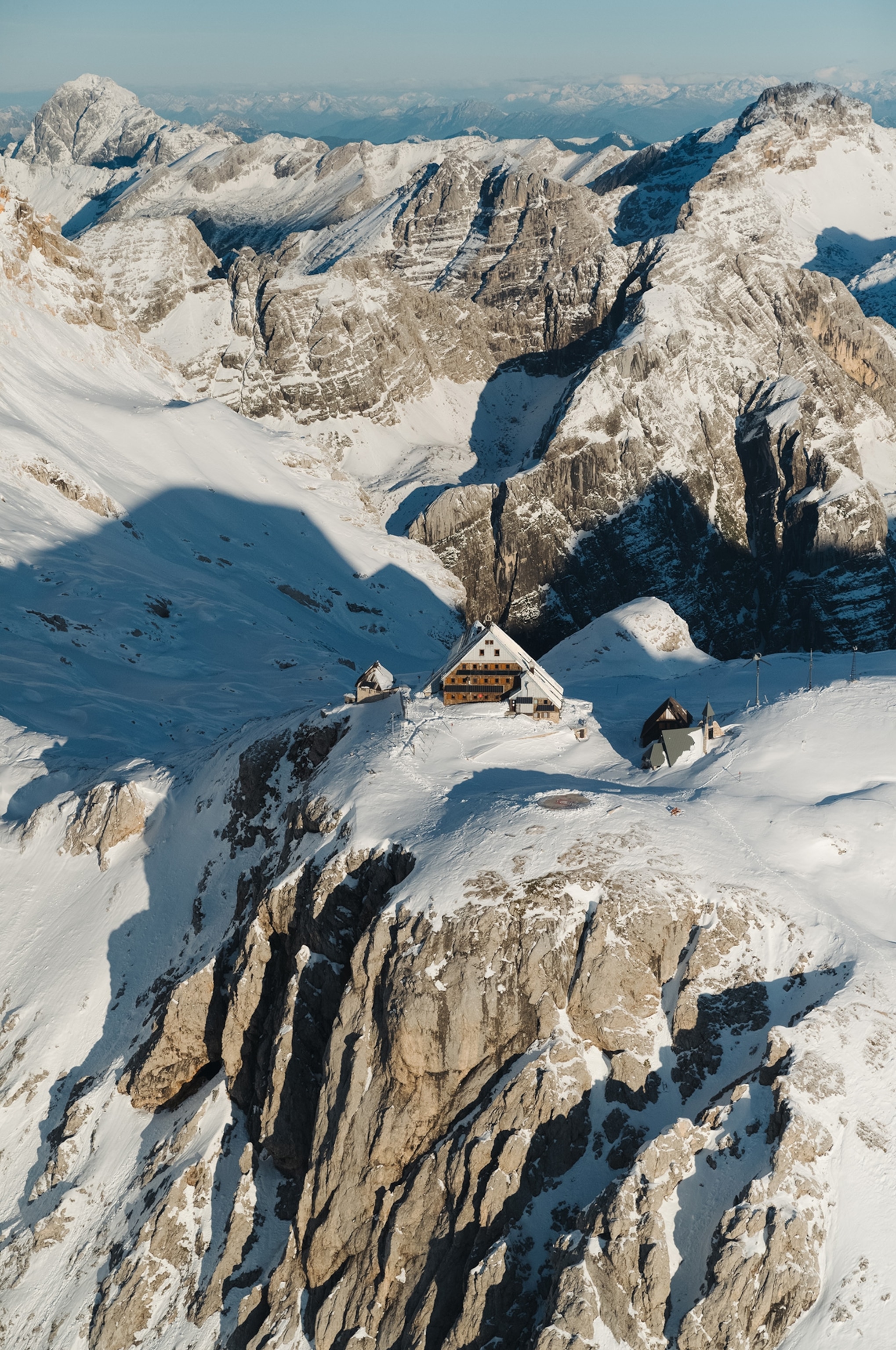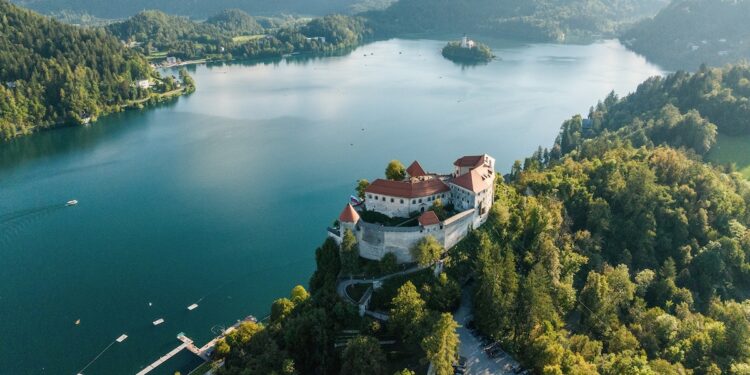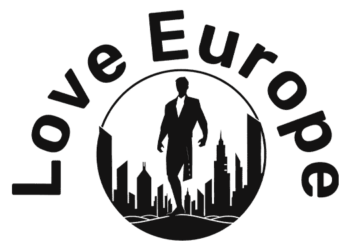Europe has long been a popular vacation destination, be it for a steamy summer vacation or a Christmas market train journey. For hiking enthusiasts, Europe offers a seemingly endless bounty of trekking trips, from gentle levada walks in Madeira to the long-distance Camino de Santiago hiking pilgrimage. Yet, while Scotland, Portugal, and Spain often receive much of the attention, Slovenia has slowly been rising as a premiere hiking destination.
Nestled between Italy, Austria, and Croatia, and bumping up against the Adriatic Sea, Slovenia offers the same world-class wine, gastronomy, and sky-high mountain peaks the region is known for, yet at lower prices and with fewer crowds. Whether you’re seeking a strenuous trek to tackle alone or a gentle hiking itinerary for the whole family, here’s where to hike in Slovenia.
(Related: See Madeira’s dramatic landscapes)
Best hikes for beginners
If you’ve ever seen a picture of Slovenia, there’s a good chance it included a quiet, crystalline lake with towering snow-capped mountains in the background. This is Slovenia’s most iconic destination, Lake Bled. And, while most visitors tend to not stray far from their hotel balcony or the walkable waterfront path, it’s actually an excellent hiking destination.
Hikes through Triglav National Park can take hikers high up into the Julian Alps, or through winding trails through mystical woods.
Photograph by Ciril Jazbec
According to Wilderness Travel Slovenia trip leader, Zuzana Sochorova, Lake Bled is especially well-suited for beginners because “it’s the ideal place to incorporate a few short hikes into a wider itinerary.” Sochorova describes the lake region as being surrounded by short, easy walks and hikes with minimal elevation gain that still reward visitors with stunning views.
The picture-perfect lake and red-roofed island church (visited by Venetian-style gondola, of course) tend to be on the must-see list of most travelers to Slovenia, so Bled is a practical place to hike and to also do a bit of everything else.
Challenging and multi-day treks
Triglav National Park, covering much of the Julian Alps, is Slovenia’s only national park and it’s the best place to head for challenging routes. The park takes its name from Slovenia’s highest peak, Triglav, which stands tall and proud at 9,396 feet. Its mountain ridge treks are a great place to spot chamois and ibex (large Alpine goat-like animals) and golden eagles. Sochorova explains that “summiting it is a challenge even for very experienced hikers, as it is a very technical hike, requiring the use of a Via Ferrata.”

At 9,396 feet (2,863.65 meters), Mount Triglav is the tallest peak in the Julian Alps and in Slovenia.
Photograph by Ciril Jazbec
Although it is technically possible to summit Triglav in one day, Sochorova warns against this. Instead, she suggests tackling the trek in two days and overnighting in Slovenia’s highest mountain lodge, Triglavski Dom na Kredarici.
For long-distance hiking, embark on a hut-to-hut hiking adventure or head to the Alpe-Adria Trail, a 460-mile trail traversing the borders of Slovenia, Austria, and Italy. The Slovenian sections take you from the fairytale-like forests of the Soča Valley to the wine region in the western part of the country.
(Related: Could this be Europe’s best hut-to-hut hiking trail?)
Cave hiking in Slovenia
With 13,000 caves (and counting), Slovenia is a country of caves. The Swiss cheese-like landscape below-ground runs throughout the country and offers hikes for all different abilities. A UNESCO World Heritage Site and one of the largest cave systems in the world, Skocjanske Jame (Skocjan Caves) is a rewarding option even for hikers with minimal interest in caves. Underground paths, boardwalks, and steep staircases guide visitors through the enormous 3.8-mile cave system and above the rushing Reka River. At one point in the route, you cross a below-ground bridge high above the river, so this route may not be ideal for someone with a fear of heights.
Another option is Postojna Cave, located near the largest cave castle in the world, Predjama Castle, a medieval castle set into a cliff. A kid-friendly train brings you into the cave to walk around, but more adventurous trekkers can join tours that explore deeper into the cave.
Best hikes for history lovers
Peter Lenarcic, of the Slovenia Outdoor association, says that underground exploration can also be a great option for history lovers, as “Slovenia has vast remains of underground fortifications from [the two World Wars,] like the Rupnik Line or Soča Frontline.” Lenarcic adds that some can be visited on your own with a good torch light, and many are also located near other hiking trails.
For history lovers who prefer to stay aboveground, Lenarcic recommends the 7.5-mile Trail of Trappists, which explores old wine transport routes, and the Walk of Peace, which includes fire trenches, bunkers, and other war remnants scattered along a 67-mile stretch of mountains, rivers, and small towns between the Alps and the Adriatic. (Parts of the Walk of Peace trail are undergoing repairs; check here for current conditions.)
A shorter option is the Kobarid Historic Trail, a roughly 4-mile trail that is a mixture of forests, waterfalls, WWI bunker remnants, and small-town historical museums, like the WWI-focused Kobarid Museum.
(Related: Czeched out of Prague? Try Ljubljana instead.)
Family-friendly hikes
Kids can and do hike the trails around Lake Bled and down around Slovenia’s caves, but for an added bit of fun, consider trails that are reached by chairlifts. “If you’re hiking with a family, particularly if you’ve got young ones or are traveling with folks with limited mobility, I like to recommend hiking areas that are accessible by cable car,” says Wilderness Travel Slovenia Trip Leader, Jirí Rohel.
He recommends Velika Planina, a mountain plateau near the town of Kamnik, which is the largest settlement of herdsmen in Europe where farmers come to graze their cows in the alpine meadows in summer. Not only is there great family-friendly hiking here, but there is also a cultural immersion experience, as some herders open their huts to visitors and offer traditional lunches.
How to do itLjubljana can be reached by direct flights from Paris, Frankfurt, Munich, Zurich, Warsaw, and Istanbul. Alternatively, many travelers opt to fly into nearby cities that receive more frequent (and cheaper) flights and then take the train to Slovenia.
It is very possible to plan your own hiking trip to Slovenia, but if you’d like to join a group trip, Wilderness Travel offers several Slovenia hiking itineraries (some also include Austria and Italy), and Intrepid offers Slovenia trips that combine hiking, biking, and kayaking.
Numerous specialized providers with the Slovenia Outdoor association offer year-round tours focused on hiking, biking, climbing, and snowshoeing around the country.
Cassandra Brooklyn is a New York City-based who specializes in sustainability, accessibility and the outdoors. She is the author of the guidebook Cuba by Bike and can be found on X.
Source link : http://www.bing.com/news/apiclick.aspx?ref=FexRss&aid=&tid=67ae771e3a584e3a89be96193401eab6&url=https%3A%2F%2Fwww.nationalgeographic.com%2Ftravel%2Farticle%2Fbest-hiking-slovenia&c=12977420823216912501&mkt=de-de
Author :
Publish date : 2025-02-10 06:15:00
Copyright for syndicated content belongs to the linked Source.


